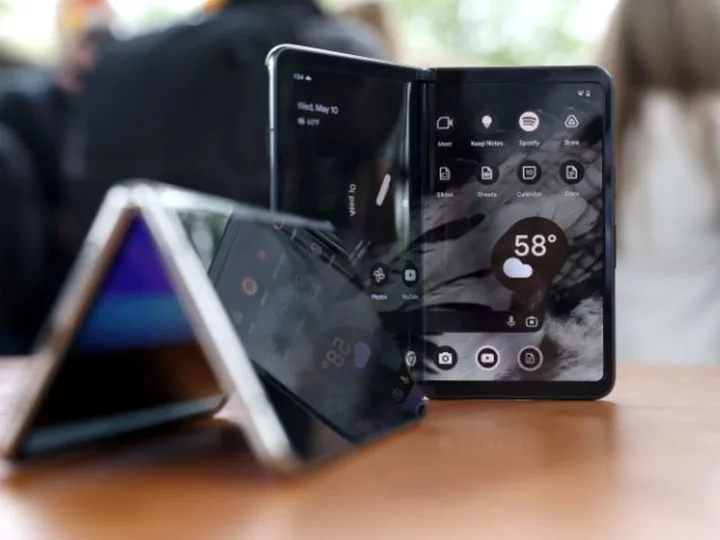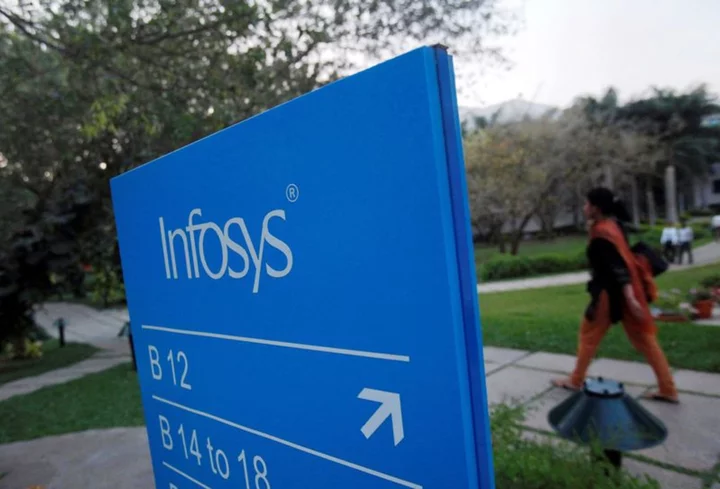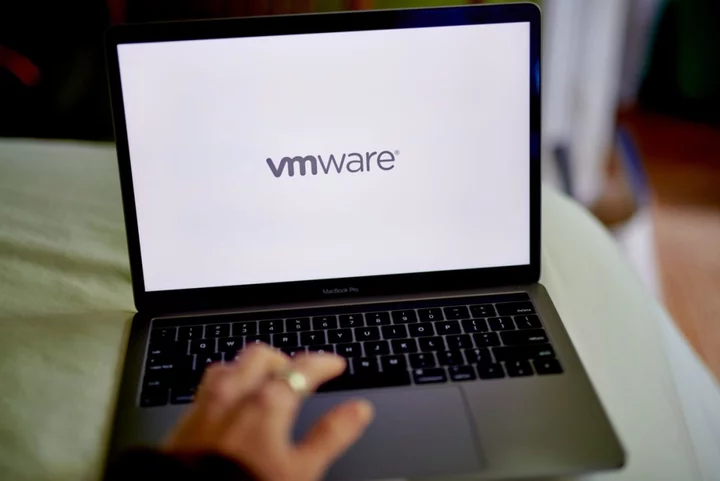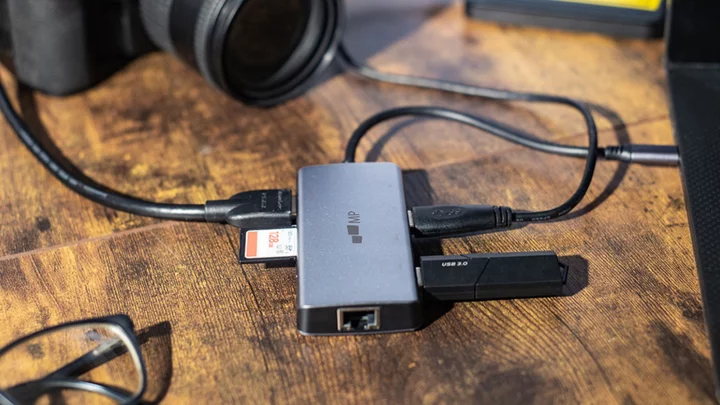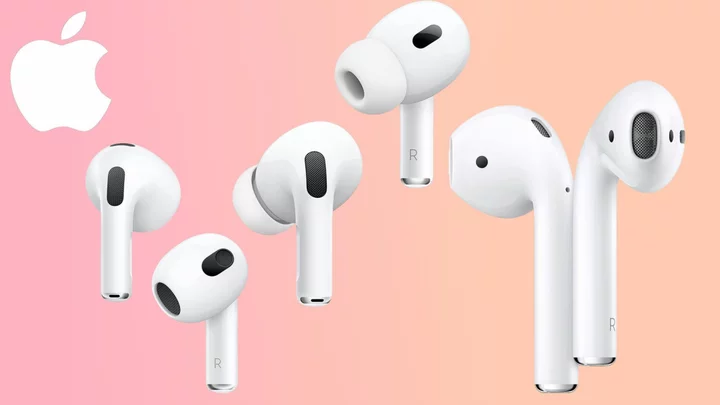Chris Pantons is what you'd call a Google Pixel super fan. The Knoxville, Tennessee native loves the software, the camera, the virtual assistant, all of it. He even credits the phone's car crash detection tool with saving his life a few years ago when he was in an accident.
"I've owned practically every Pixel device," said Pantons, 33, who has posted hundreds of YouTube videos about Pixel phones and other tech products. "I've influenced so much of my family to switch to Pixel -- my brother and sister-in-law, mom and wife ... and I had a coworker switch, too."
But this is the first year he won't be upgrading to Pixel's latest offering: the Pixel Fold, a foldable smartphone that starts at $1,799. "I'd love to own it," he told CNN. "I don't have the finances to do so. ... [That] price for a first generation device is astronomical."
Earlier this month, Google became the latest tech company to unveil a foldable smartphone, with the promise of giving customers all the features they've come to expect in a phone, paired with a tablet-sized display. But Pantons wasn't the only one who felt sticker shock.
"My first car was $1800," one user wrote on Twitter. "Google [lost] their minds." Another user said they've been saving up, knowing the price for a Pixel foldable phone would inevitably be high once announced.
"The fact you can buy a new Pixel, Pixel tablet and a Pixel Watch for less than the Fold and have various devices for use cases is a better value," said Pantons.
The pricing problem isn't unique to Google. When Samsung launched the Galaxy Z Fold in 2020, it cost $1,999. It has come down in price somewhat, but the latest version of the Z Fold still starts at $1,799 -- the same as the Pixel Fold. Even foldable models from budget brands retail for well over $1,000 in markets abroad.
By comparison, the flagship iPhone starts at $799, less than half the price of the Pixel Fold. And classic 90s-style pre-paid flip phones, which are suddenly trendy again, can cost as little as $20.
The higher price point is one of the factors limiting the size of the foldable market. Samsung currently dominates the category, followed by others including Motorola, Lenovo, Oppo, and Huawei. According to ABI Research, foldable and flexible displays made up about 0.7% of the smartphone market in 2021, and in 2022 expected to fall just shy of 2%.
Lowering the price could help boost traction, but manufacturers may struggle to do that anytime soon.
Premium parts
The flexible screen found on foldable phones is one of the biggest reasons why they cost so much.
Flexible displays require more engineering and are more expensive to manufacture than traditional displays. And the Google Pixel Fold has two: a 5.8-inch cover display and a 7.6-inch inner display.
Other components unique to foldables also drive up the cost. The Pixel Fold, for example, moves on a custom-built 180-degree hinge. The mechanism is moved out entirely from under the display to improve its dust resistance and decrease the device's overall thickness, according to the company. This also requires complex engineering and costly manufacturing.
"Expense is mainly to do with the high costs of components, notably the folding displays and hinge technology, which in many cases is a proprietary hinge design," said David McQueen, research director at ABI Research. "So until volume grows enough that vendors can get scale, prices won't be falling any time soon."
A niche product
Foldable smartphones are still in their infancy. As a result, much of the research and development, and the costs associated with it, still lie ahead for manufacturers as they fine tune their products.
"Companies often try to recoup their investment with a high price tag," said Nabila Popal, research director at market research firm IDC.
Foldable phones also remain a niche product for now, and manufacturers are targeting the price for the people willing to buy them early to help offset costs.
An uncertain future
The future for foldables remains uncertain. Most apps are still not optimized for foldable devices; Google's chief rival, Apple, has yet to embrace the option; and splurging for a first-generation device with a lot of unknowns is a risky bet for anyone.
Foldable phones are also notoriously fragile. Early versions of the Samsung Galaxy Z Fold, for example, had issues with the screen. Repairs for foldable smartphones can be costly too.
But Google's decision to embrace the option may help persuade more consumers to take a chance.
Sean Milfort, a PhD student at Northcentral University, said he pre-ordered the Pixel Fold because he always wanted a foldable smartphone and didn't want to leave the Pixel brand.
"I'm a big fan of the Pixel line and have loved the idea of a foldable," he said. "The fact that it is coming from Google -- because they make Android -- gives me hope that they will be really investing in that larger form factor device with Android."
But holdouts like Pantons may wait on the chance it could come down in price.
"If a trade-in deal later on becomes available or it goes on sale then maybe then [I'll buy one]," he said.

